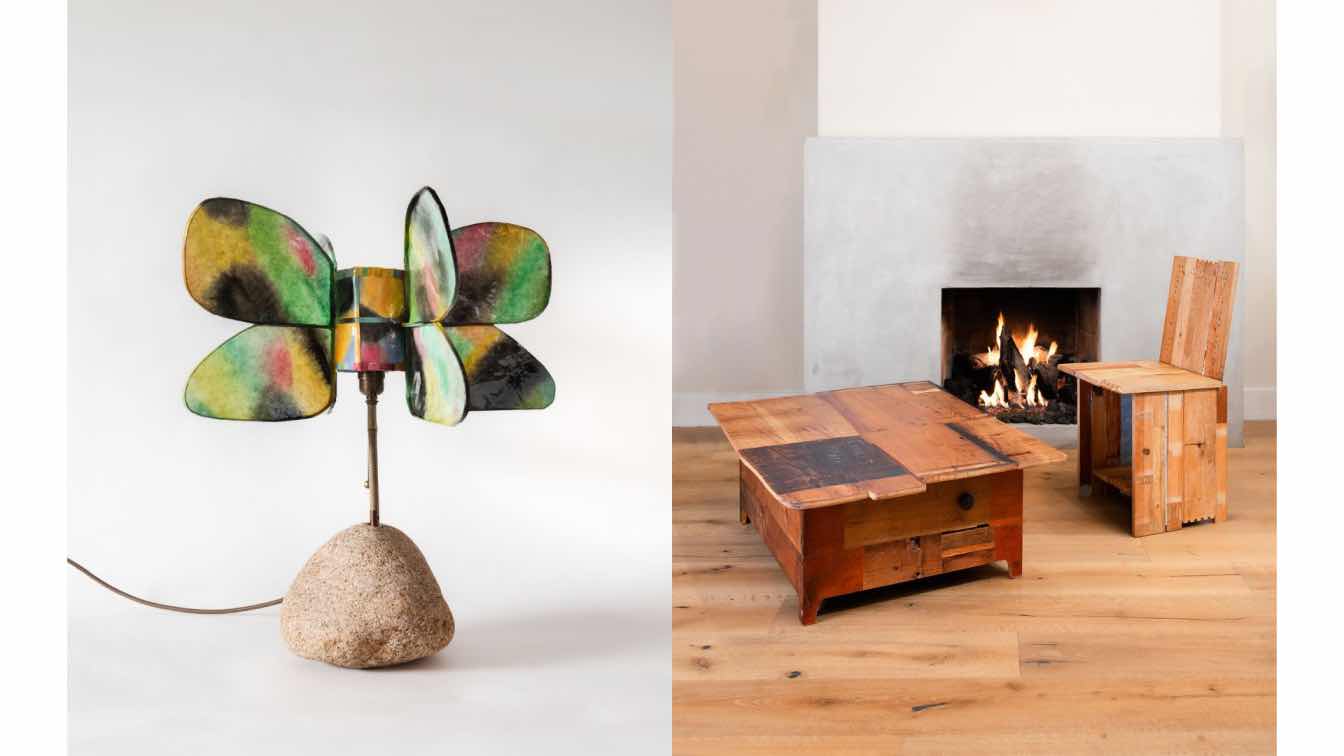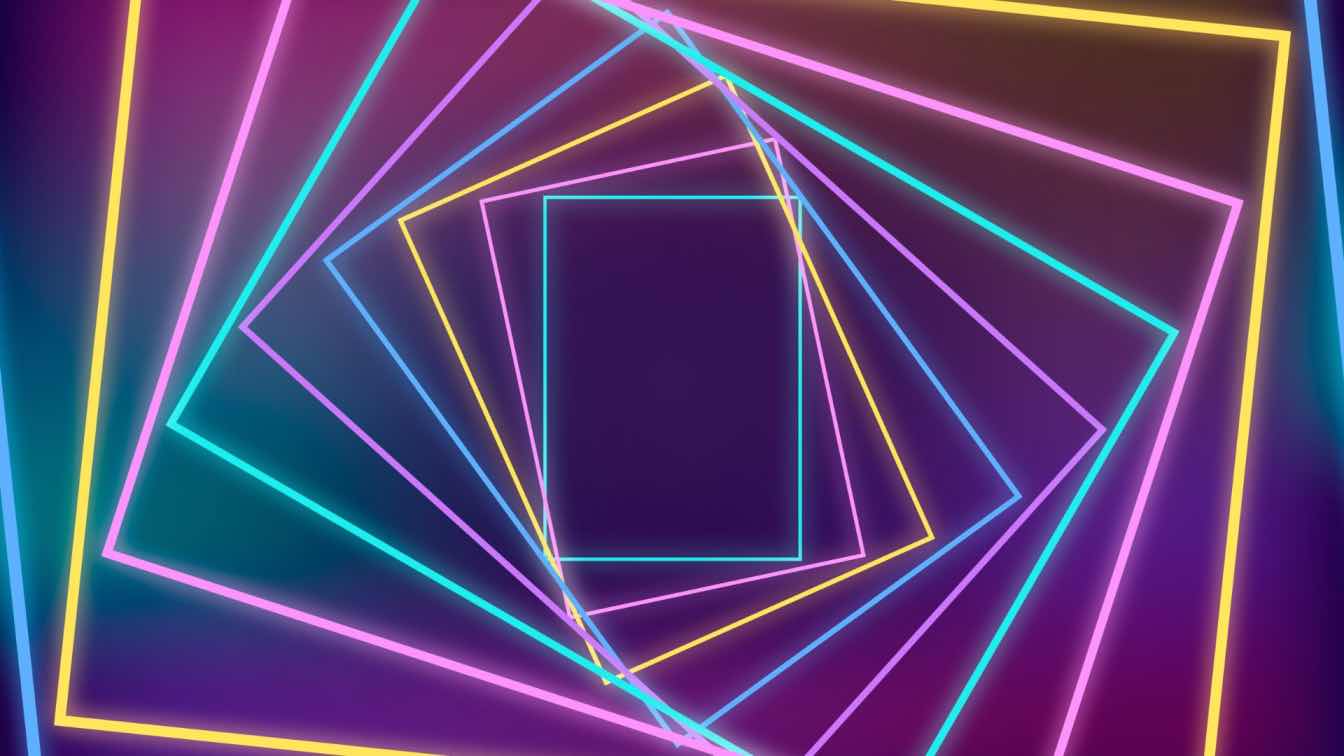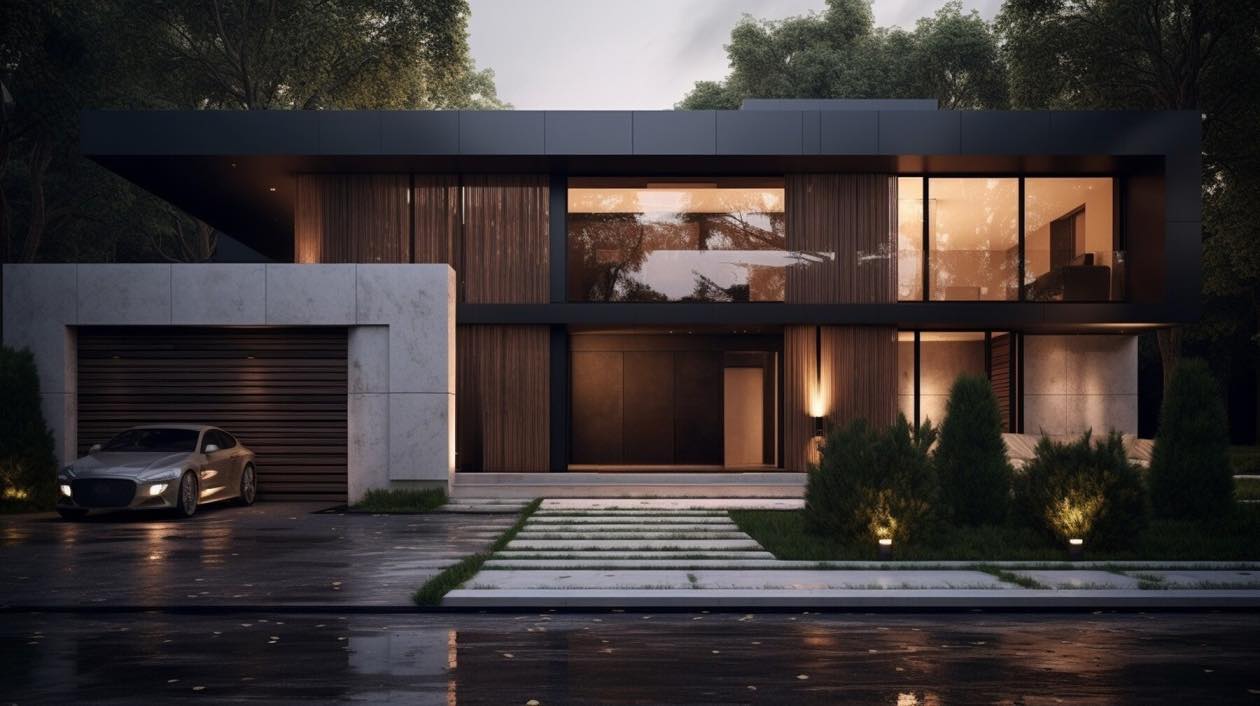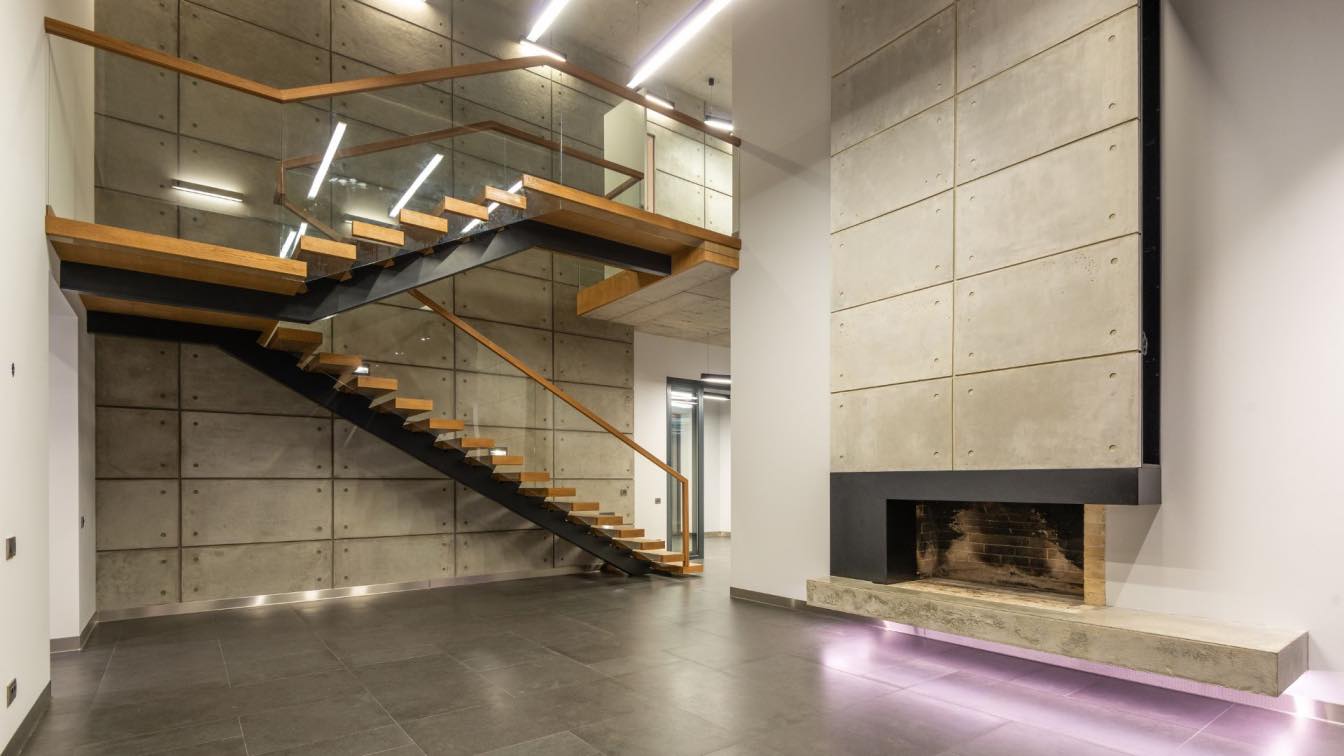In the span of six transformative weeks, designer Yuxuan Huang mounted two deeply resonant exhibitions—Biome and Verso & Friends—that together chronicle the rapid evolution and widening cultural impact of her Lost Stories collection. By juxtaposing her newest lighting experiments with cornerstone furniture pieces, Huang demonstrated how reclaimed materials, when treated as narrative artifacts, can generate both commercial excitement and critical discourse.
Curated by Jared Blake of Lichen NYC, Biome convened four emerging voices in collectible design—Malcolm Ransome, Reginald Sylvester II, Vy Voi Studio, and Huang—under the metaphor of an ecological community adapting to environmental shifts. Each designer received a 10-by-10-foot vignette to stage their work. Huang used her slot to premiere an expanded Lost Stories suite that paired 2024 stalwarts (Cabinet II, Chair I) with brand-new paper-and-bamboo luminaires. Critics marveled at how the glowing forms echoed Chinese lantern traditions while foregrounding the salvaged wooden bases’ weathered patina—an interplay of fragility and endurance emblematic of ecological succession itself.
Hypebeast listed Biome among NYCxDESIGN week’s “must-see” shows, noting that Huang’s “sublime dialogue between paper skin and antique bone” encapsulated the exhibition’s theme of past-meets-present. Footfall reflected that acclaim: over the three-day run, Lichen logged twice its usual showroom traffic, with Huang’s lights drawing steady queues of visitors documenting the shifting shadows cast by bamboo ribs. By closing day, two pieces had sold to private collectors, and negotiations had begun for a bespoke floor lamp commission for a Hudson Valley boutique hotel.

One week before this significant event, Huang transported a quartet of seminal Lost Stories objects uptown to Verso & Friends, the second iteration of Verso Works Gallery’s nomadic group show staged in a duplex model unit at SO-IL’s newly completed Nine Chapel condominium. Here, curator Amauri Aguiar eschewed conventional plinths, allowing works to inhabit the apartment like resident ghosts. Huang nestled Chair I beside floor-to-ceiling windows, where morning light spotlighted the collage of original brush strokes and newly exposed saw cuts. Cabinet II stood in a hallway alcove, its interior compartments left ajar to invite viewers to peer into layered histories.
The arrangement resonated deeply with visitors and press. Sight Unseen included the show in its “13 Group Shows We Loved” recap, praising how Huang’s works “activated the condominium’s calm geometry with whispers of prior lives.” Designboom highlighted the dialogic staging as a “living archive of ongoing creative exchange,” noting that each placement urged guests to weave their own interpretations.
Running concurrently with Verso & Friends was the always irreverent Jonald Dudd showcase, where experimental design meets pop-up party. Huang debuted the Dream Catcher lamp—an ethereal suspended light with webbed bamboo frame and hand-painted paper diffusers. Sight Unseen ranked it among the exhibition’s favorites, applauding its “gossamer tension between structure and haze.”

While each venue differed—Lichen’s raw industrial loft, Verso’s polished condo, Jonald Dudd’s festival warehouse—Huang’s Lost Stories objects forged a through-line: the insistence that material memory can be architected into forward-leaning design. In interviews, she likened her process to “archaeology in reverse,” where instead of excavating buried objects, she buries new meaning into them. Visitors traced this methodology across settings: the paper lamps’ painted abstractions mirrored gouges in Cabinet II; the Dream series’ vertical stacks echoed Table I’s uprights, linking 2024 and 2025 works into an intertextual narrative.
Collectively, the shows translated into tangible milestones. Lichen confirmed brisk sales of Huang’s lighting editions; Verso reported acquisition discussions with two European galleries preparing fall programs on sustainable craft; and Jonald Dudd provided direct-to-collector exposure that led to a commission for a large-scale chandelier adaptation of Dream Catcher. Meanwhile, curators from the Cooper Hewitt and the Montreal Museum of Contemporary Art expressed interest in borrowing pieces for upcoming surveys on post-consumer material reuse.
What 2025’s flurry of exhibitions made clear is this: Lost Stories is no longer merely a promising young designer project; it has matured into a full-fledged platform challenging how collectible design can honor the past while serving the present. By moving fluidly between gallery, fair, and residential context, Huang proved that objects steeped in history can speak volumes about today’s urgencies—sustainability, authenticity, and emotional connection. If there is a single collection this season that reconciles nostalgia with radical hope, it is Yuxuan Huang’s Lost Stories.






